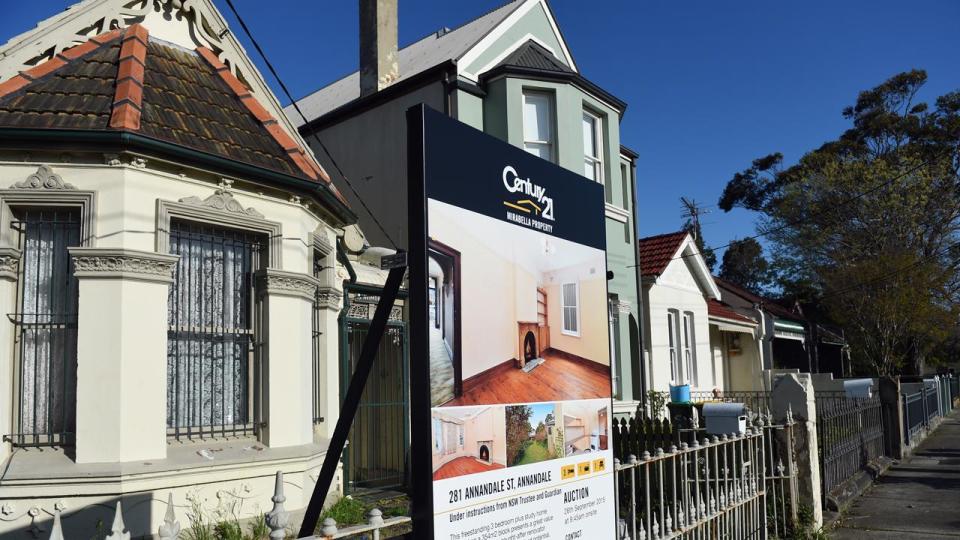What you can buy for under $400K?

Property Observer
A budget of $400,000 for a property purchase in a capital city used to provide an array of options.
However, with dwelling values continuing to rise, new research by CoreLogic shows a significant reduction in the proportion of sales occurring in this price bracket.
The research shows that across Australia, 31.2% of houses and 37.3% of units sold transacted for less than $400,000.
By comparison, a year ago the proportions were recorded at 32.8% for houses and 38.6% for units.
Also read: Should you freak-out about the world? Look to markets for the answer
A decade ago, 62.4% of all house sales and 68.9% of unit sales were priced below $400,000.
Almost seventeen percent of all house sales and 28.4% of all unit sales over the 12 months to June 2017 were below $400,000.
Even comparing these figures to just a year earlier the decline in the proportion of sales under $400,000 is extremely noticeable for houses (19.0%) and somewhat less so for units (29.6%).
A decade ago, more than half of all capital city house (53.1%) and unit (66.3%) were less than $400,000.”

Outside of the capital cities, 52.0% of houses and 60.5% of units sold over the 12 months to June 2017 were priced below $400,000.
A year earlier the proportions were recorded at 54.3% for houses and 63.2% for units.
If we go back 10 years more than three quarters of regional house (75.6%) and unit (75.2%) sales were less than $400,000.
Over the past year, less than 3.5% of all house sales in Sydney and Canberra were below $400,000 compared to 35.5% and 40.0% respectively a decade ago.
Also read: Housing affordability – What can be done?
In a market like Sydney, the unit market doesn’t represent much of an alternative with 7.4% of all unit sales over the past year below $400,000 compared to 53.9% a decade ago.

Looking specifically at houses, a decade ago only Sydney (35.5%) and Canberra (40.0%) had fewer than 50% of sales below $400,000.
Compared that to the last 12 months, Hobart was the only capital city to have more than 50% (53.2%) of house sales below $400,000.
Today’s research shows a similar, but not quite as dramatic decline in the proportion of units selling under $400,000.
A decade ago, only Sydney (53.9%) and Perth (60.4%) had fewer than 70% of units selling for less than $400,000.
Over the past 12 months, only Adelaide (59.2%) and Hobart (78.3%) had greater than half of all unit sales below $400,000.

As dwelling values continue to increase, we anticipate that over the next 12 months the proportion of properties selling for less than $400,000 will further reduce and in the way that the rising number of sales of properties for at least $1 million shows the deteriorating affordability, so too does the significant reduction in the availability of properties priced under $400,000.”
Although the Federal Government attempted to address housing affordability in the Budget this year, in order to improve housing affordability, clearly there is much more work to be done on both supply and demand drivers of the market.

A greater supply of stock which could potentially reduce prices would at the very least be a good start however, the supply needs to be supported by sufficient infrastructure and employment opportunities.”
Cameron Kusher is research analyst for CoreLogic. You can contact him here.

 Yahoo Finance
Yahoo Finance 
